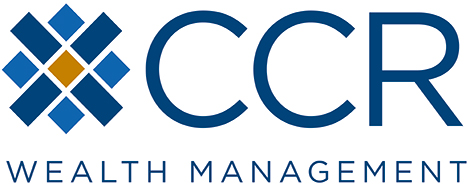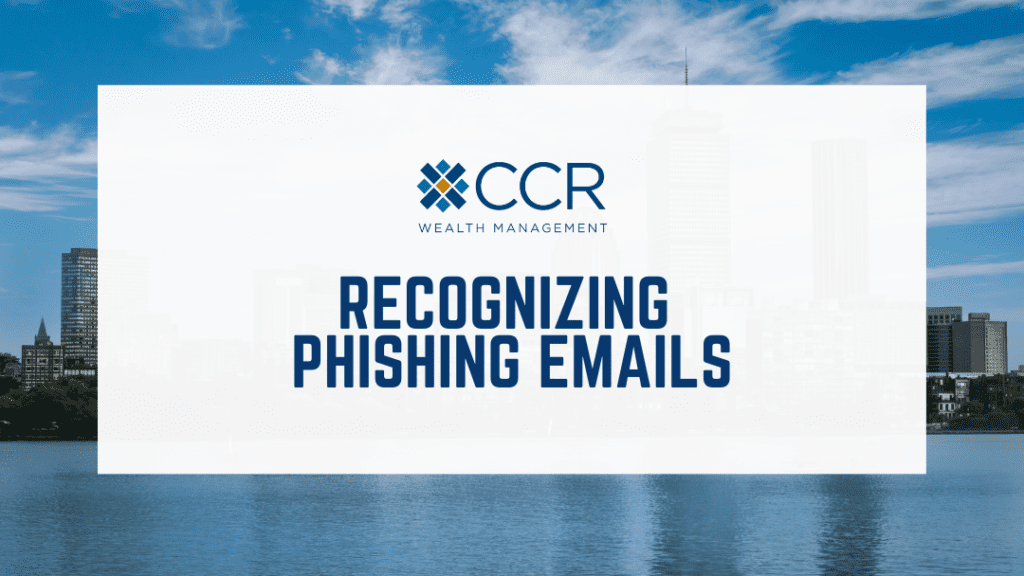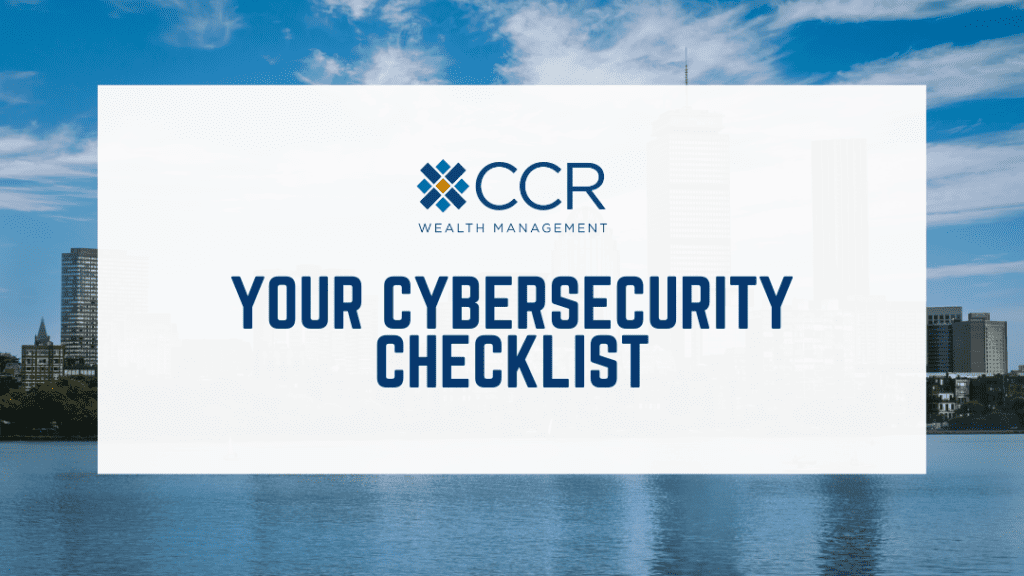
Your Cybersecurity Checklist
Don’t be a statistic: follow this checklist to better navigate the situation if you ever experience a data breach.
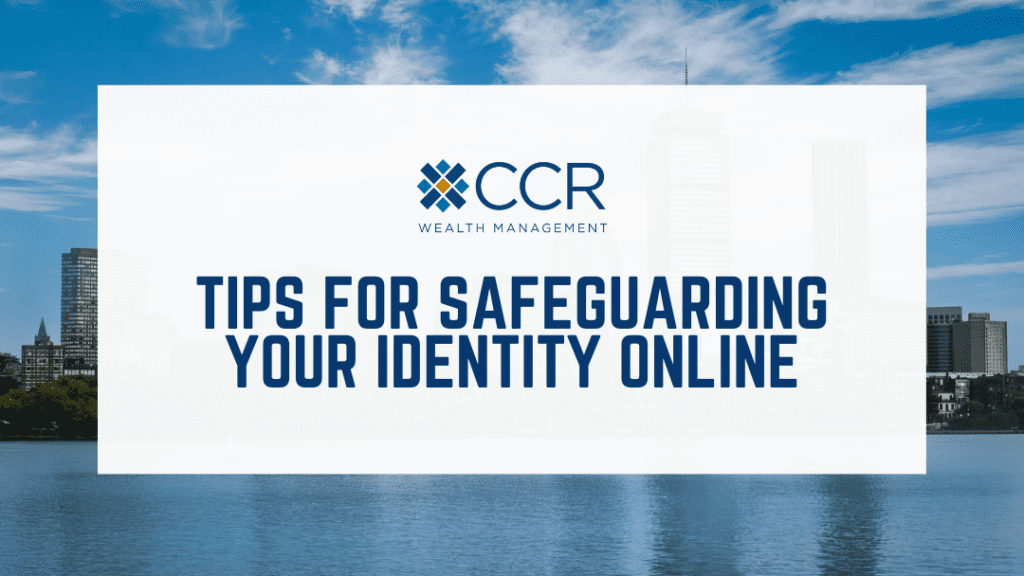
Tips for Safeguarding Your Identity Online
Learn the risks associated with divulging your personal info and the steps you need to take to mitigate them below.
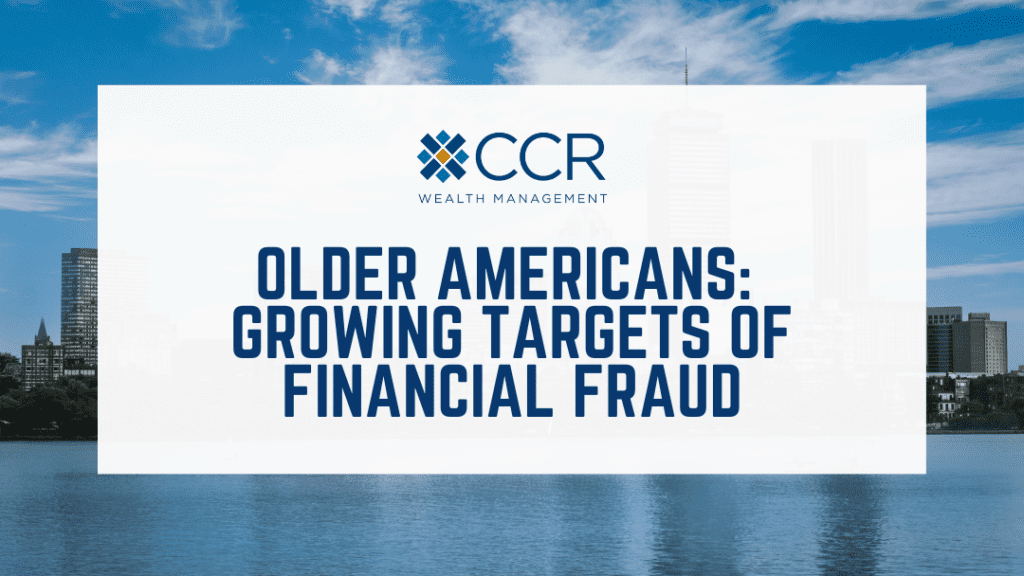
Older Americans: Growing Targets of Financial Fraud
Older generations grew up in a world where it was customary to be courteous and trusting. Unfortunately, this often puts them at greater risk for financial fraud.

Protecting Your Financial Information Online
While nothing can guarantee complete safety against tracking, hacking, identity theft, phishing scams, and other cyberspace risks, understanding how to protect your privacy can help minimize your exposure to risk.
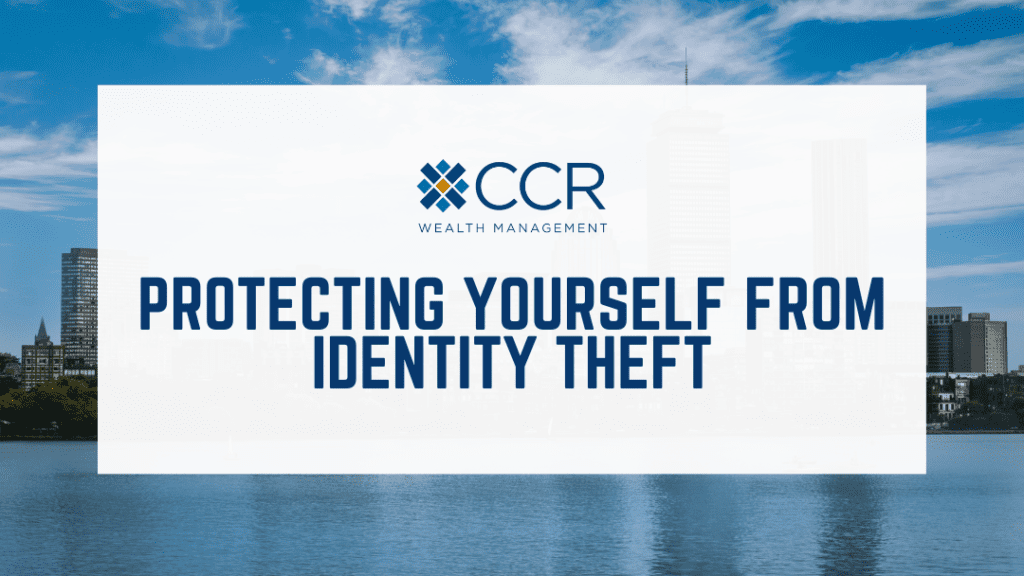
Protecting Yourself From Identity Theft
Identity theft is impossible to prevent completely. But there are a few strategies you can use to help prevent it.
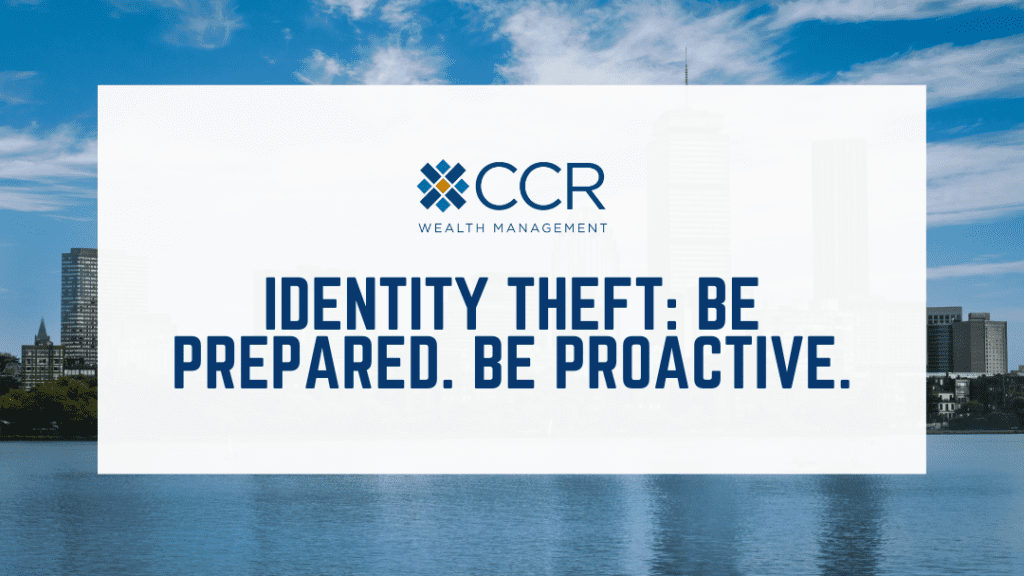
ID Theft: Be Prepared, Be Proactive.
What can you do to safeguard identity, credit card numbers and account information online?
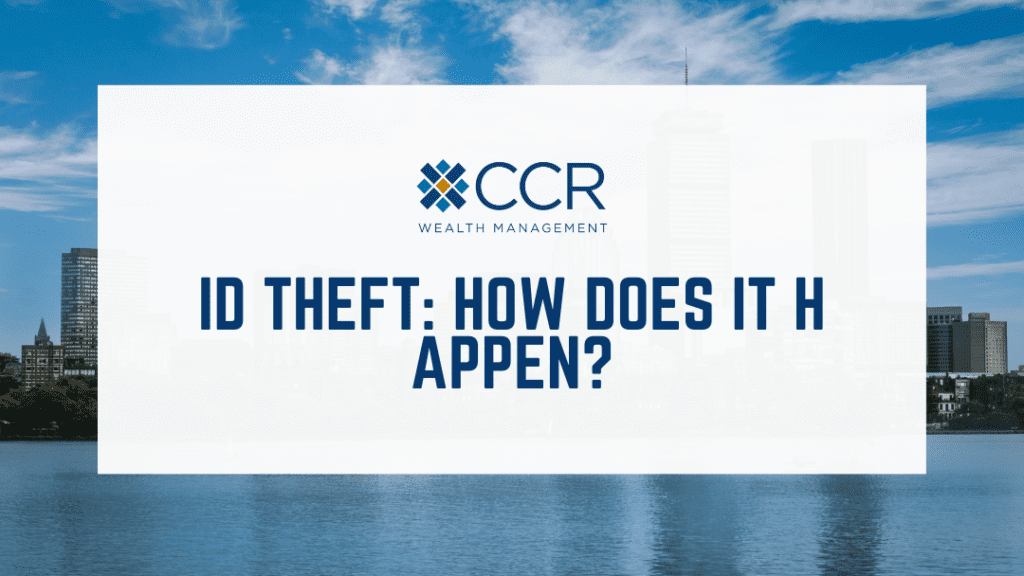
ID Theft: How Does it Happen?
Familiarize yourself with the ways a thief might obtain your information with the intent to steal money or commit other crimes.

The Three Keys to a Great Password
A great password is often the only thing standing between you and identity theft. But what makes a password secure? Turns out, there are some important guidelines to follow to keep information safe.
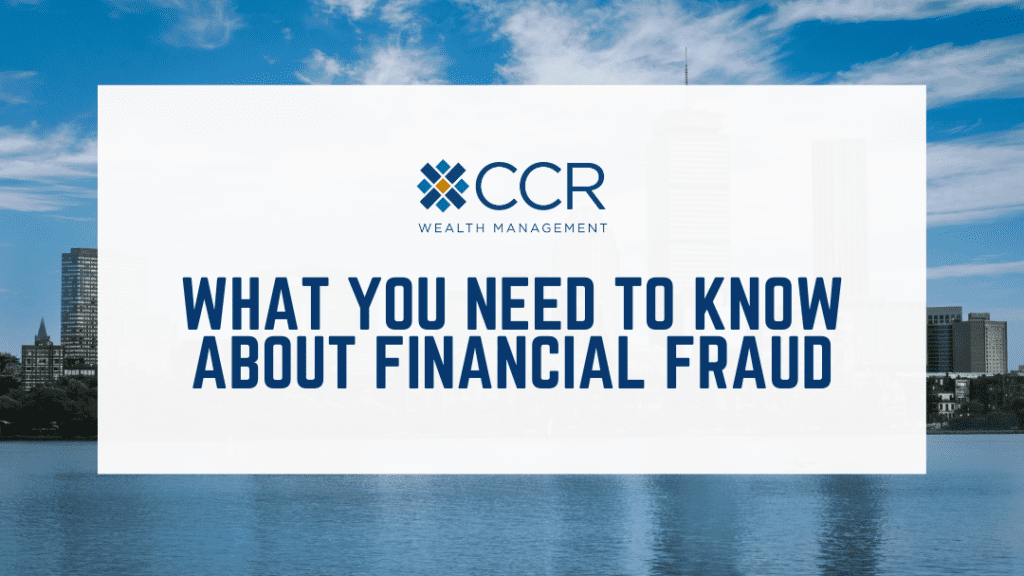
What You Need to Know about Financial Fraud
November 14-20, 2021 is International Fraud Awareness Week. Speak to your trusted CCR financial professional about how you can protect yourself and your business from identity thieves and fraudsters.
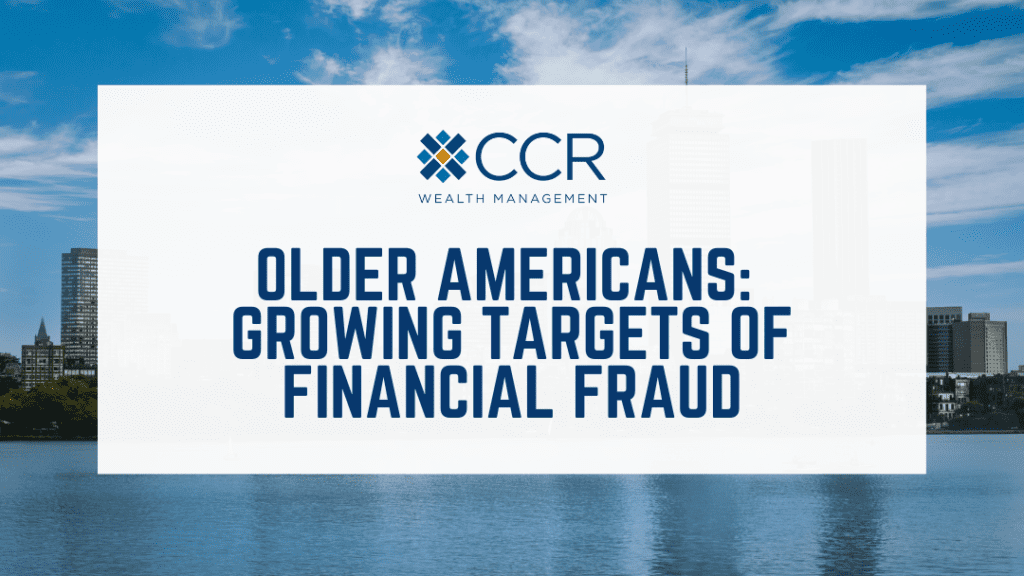
Older Americans: Growing Targets of Financial Fraud
Older Americans are growing targets of financial fraud. Learn common scams and how to protect yourself and your information.
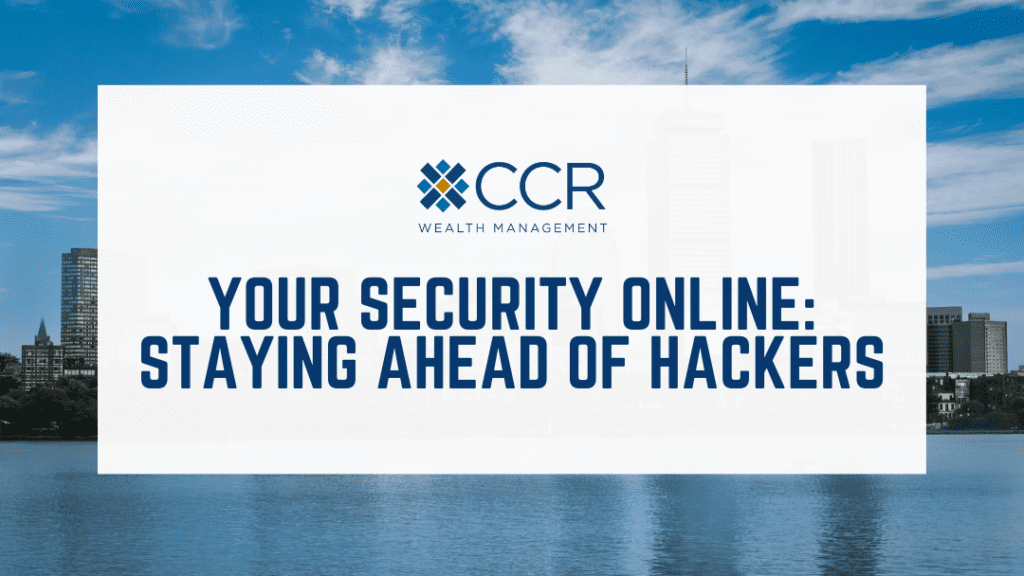
Your Security Online: Staying Ahead Of Hackers
By taking a few simple preventative steps, you can lessen the likelihood you’ll become a victim of hacking.
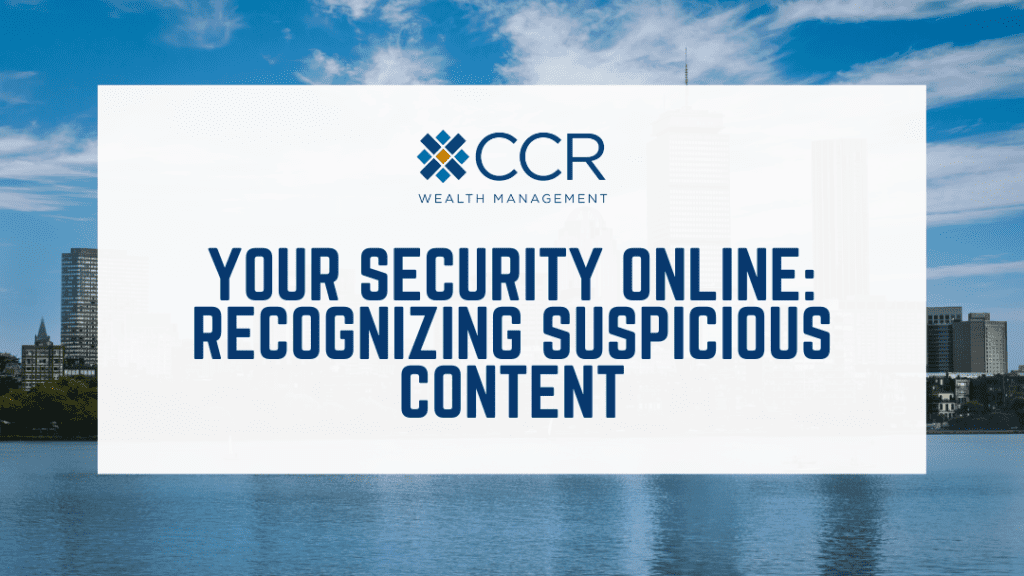
Your Security Online: Recognizing Suspicious Content
It’s important to stay safe online. Here’s a list of some of the common types of suspicious content and how to recognize it so you’re ready to navigate this tricky new reality.
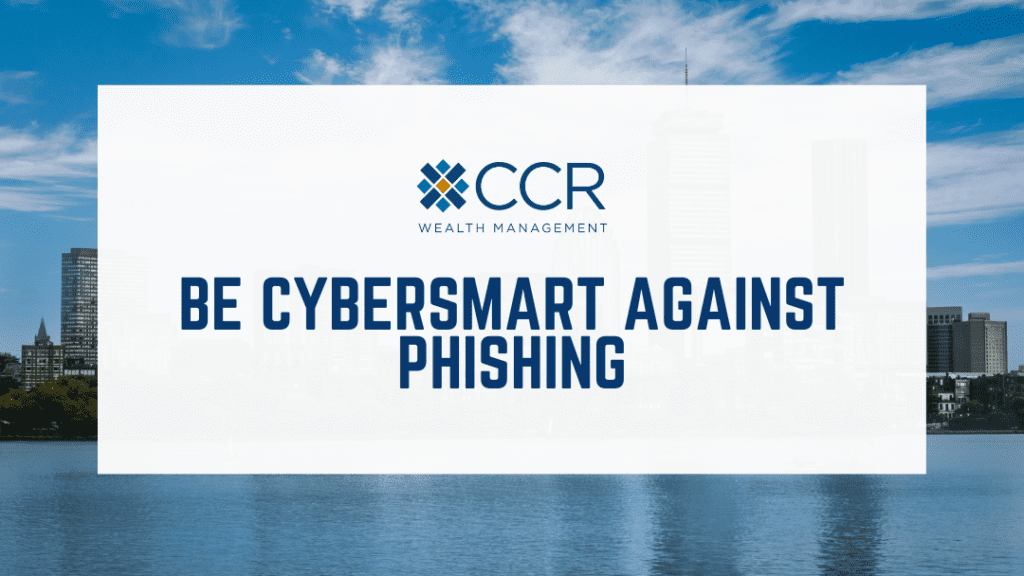
Be Cyber Smart
Phishing attacks use email or malicious websites to infect your machine with malware and viruses which collect personal and financial information.
